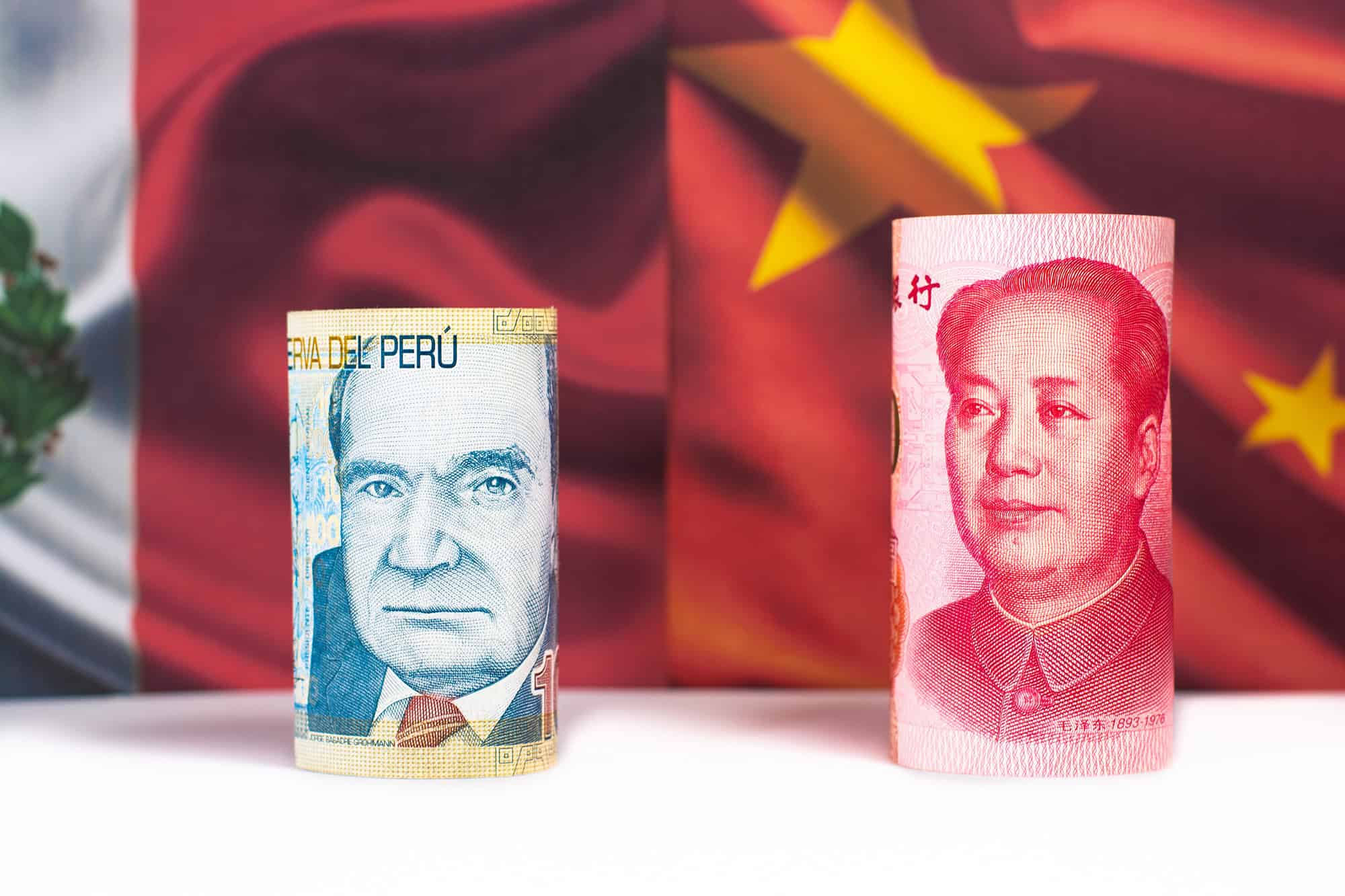A new $1.3 billion deep-water megaport in Peru will likely become the latest battleground in a rumbling trade dispute between the US and China.
The 15-berth port at Chancay, around 80 kilometers (about 50 miles) north of Lima on the Peruvian coast, was jointly inaugurated by Peru President Dina Boluarte and China’s President Xi Jinping as part of the Belt and Road Initiative (BRI).
The port, built by China’s state-owned Cosco and local miner Volcan, is poised to transform regional trade. Chancay is able to handle the largest “post-panamax” container ships that are too large for the Panama Canal. The port has an initial capacity of 1-1.5 million 20-foot equivalent units (TEUs), an industry standard for assessing container volumes. The port capacity is expected to rise to 3.5 million TEUs when fully operational.
With one eye on the resource-rich region, the largest container ships will now be able to sail to Shanghai in 23 days—reportedly 10 days faster than via the Panama Canal route.
Mexican and US port operators will likely see lower revenues. And US analysts worry that the port could double as an operating base for the Chinese Navy in America’s backyard, despite being located roughly 6,000 km from the US. China’s appetite for Latin American resources, and ability through the BRI to invest in developing countries, has led to accusations that the US has fallen behind in rolling out a similar initiative.
They point to the stark contrast of outgoing US Secretary of State Antony Blinken offering Peru a number of Caltrain diesel locomotives dating from the 1980s in a $6 million deal announced immediately following the Chancay port inauguration. They say the US has overlooked Latin America, allowing China to take advantage of local resources while simultaneously achieving a geopolitical advantage.
China’s investment in Chancay has not been without issues. In May, while embroiled in a dispute with Cosco, Peruvian lawmakers passed legislation granting Cosco exclusive rights to operate the port, a move previously considered unthinkable by analysts. China is Peru’s largest trade partner, with copper, iron and fishmeal making up the bulk of exports.
